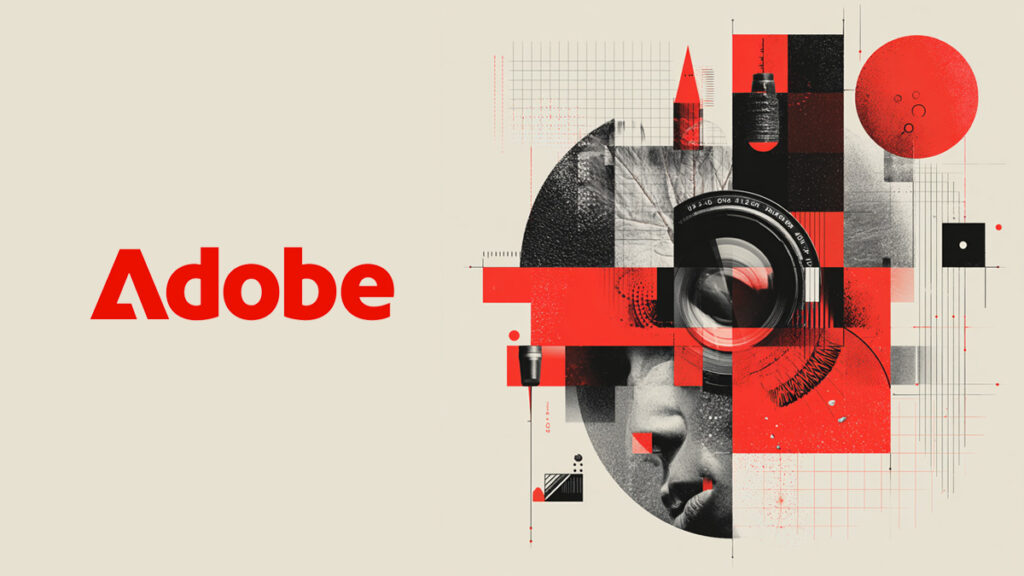Choose the right voice for your brand with confidence
Deciding between serif and sans‑serif fonts isn’t just aesthetic—it communicates personality, tone, and clarity. We’ll break down the key differences, when to use each, and how the right choice strengthens your brand identity.
The Short Take
Serif fonts bring tradition and elegance; sans‑serifs feel modern and clean. Brands often mix both—serif for credibility in print, sans‑serif for clarity on screen. Understanding each role ensures smart, expressive typography.
What makes serif and sans‑serif fonts distinct?
- Serif: Features small decorative strokes (“serifs”) at letter ends—great for print readability, tradition, and sophistication.
- Sans‑serif: Clean, undecorated letters—ideal for digital clarity, bold headlines, and minimal aesthetics.
When to use serif fonts
- Luxury brands & formal contexts: Think magazines, editorial spreads, or high‑end packaging.
- Long‑form reading: Serifs guide the eye along lines—helpful in printed works and e‑books.
- Classic tone: Studies suggest serif = trustworthy, dependable visual voice.
When sans‑serif steals the show
- Digital-first brands: Sans‑serifs like Helvetica, Inter, and Roboto are crisp on screens.
- Minimal or modern identities: Their simple geometry reinforces a clean brand vibe.
- Clear hierarchy: Whether bold headlines or light captions, sans‑serif keeps things legible and uncluttered.
Can you combine the two?
Absolutely. Use serif for body text and sans‑serif for headings—or vice versa—to create contrast and structure. Just watch balancing weights, x‑height, and moods so your fonts feel harmonious, not mismatched.
Brand pairing examples
- Magazine look: Minion Pro (serif) + Univers (sans‑serif) for elegance and readability.
- Modern editorial: Georgia (serif) + Roboto (sans‑serif) for warmth and clarity.
- Tech startup: Merriweather (serif) + Inter (sans‑serif) for approachability paired with simplicity.
Tools That Can Help
What you’ll want to use:
- FontJoy – AI-powered font pairings for quick serif + sans‑serif combos.
- Canva Font Combinations – Choose from curated, brand-safe pairings.
- PairType – Visualize your typography—body, heading, scale, spacing.
- Type Scale – See font-size hierarchies in action before committing.
Pro Tip: Align fonts with tone and touchpoints
Don’t pick fonts in isolation. Match serif or sans‑serif choices to touchpoint contexts—luxury packaging, app UI, headlines, fine print—and ensure each aligns with brand tone: warm, formal, bold, or playful.
FAQs
Is serif always better for print and sans‑serif for digital?
Generally, yes—serif improves readability in long print formats, while sans‑serif works best on screens. But high-res screens and refined design can make quality serifs shine online.
How many font styles should my brand use?
Stick to two typefaces total: one serif and one sans‑serif, with a few style variants each. That gives flexibility without visual clutter.
What if my brand feels neither modern nor traditional?
Look for transitional serifs or humanist sans‑serifs—they blend formality and friendliness, ideal for in‑between tones.
Glossary
- Serif – A small decorative stroke added to the ends of letterforms, common in traditional print typefaces.
- Sans‑Serif – A font style without serifs, offering a clean and modern look.
- Typeface – The artistic representation of characters in various weights, styles, and sizes.
- Type pairing – The practice of combining two fonts to create visual harmony and hierarchy.


